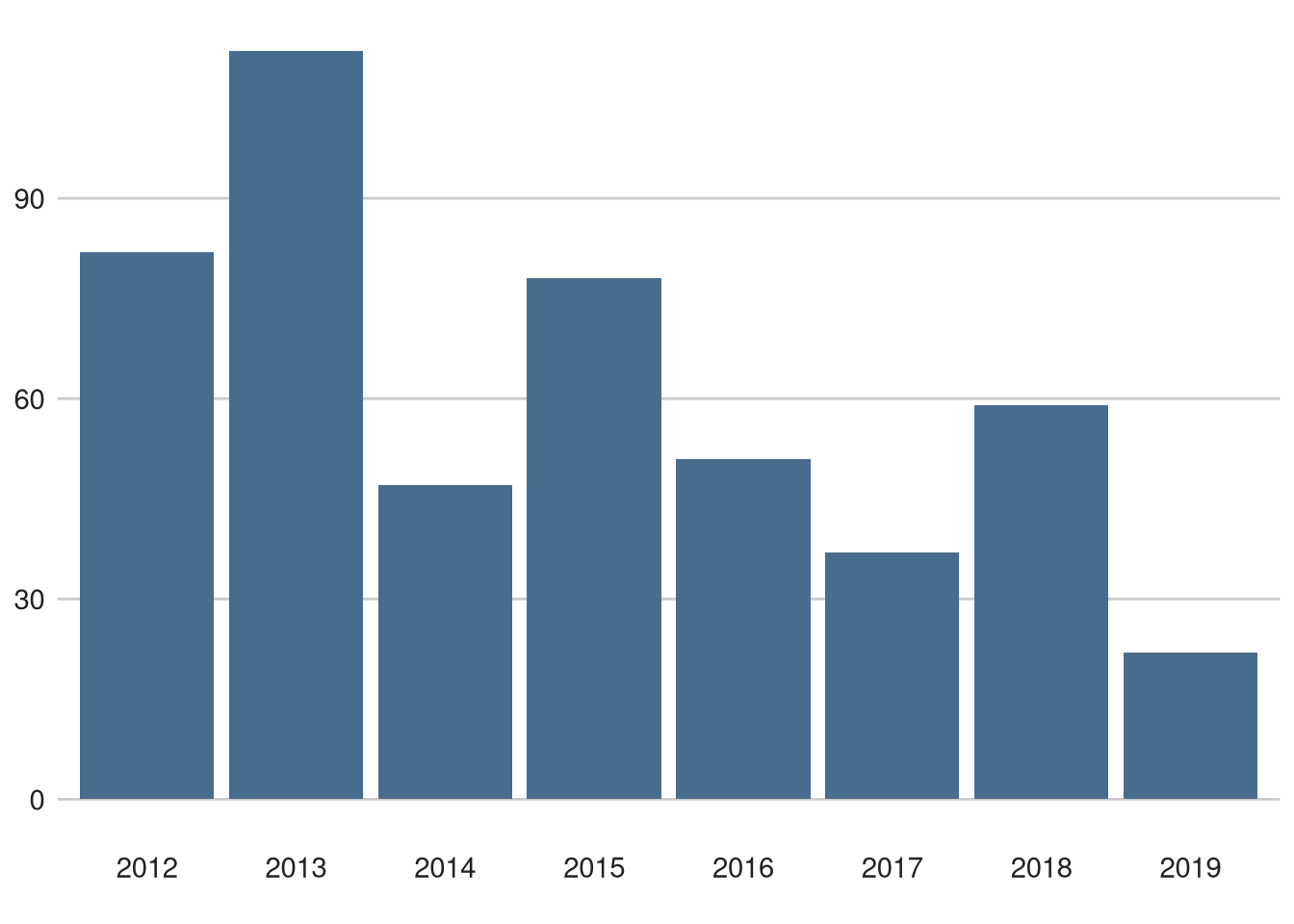Dwars door Vlaanderen
Updated for the 2021 edition
Below you can find all sorts of historical Dwars door Vlaanderen cycling statistics. Over time this page will be expanded and improved with more cycling statistics and visualizations. If you are interested in cycling betting don’t forget to check out our predictions page. The 2021 Dwars door Vlaanderen predictions will be published once the startlist is (almost) final.
Most figures and tables below should be self explanatory. For some we provide some additional explanation. If you still have questions don’t hesitate to send us a tweet or email.
Quick Facts
- date
-
Wednesday March 31, 2021
- country
-
- edition
-
76th
- class
-
1.UWT
- length
-
NA kilometers
-
@DwarsdrVlaander
- website
-

Dwars door Vlaanderen 2021 profile(s) and route
Previous top 10’s
| # | 2019 |
|---|---|
| 1 | Mathieu van der Poel |
| 2 | Anthony Turgis (+0 s) |
| 3 | Bob Jungels (+0 s) |
| 4 | Lukas Pöstlberger (+0 s) |
| 5 | Tiesj Benoot (+0 s) |
| 6 | Luke Rowe (+18 s) |
| 7 | Danny van Poppel (+19 s) |
| 8 | Yves Lampaert (+19 s) |
| 9 | Christophe Laporte (+19 s) |
| 10 | Heinrich Haussler (+19 s) |
Most top 10 classifications
Figure 2: Dwars door Vlaanderen top 10 positions since 2012. Only the top 20 riders is shown.
Top 20 Riders with most DNF
Figure 4: Top 20 riders with most did not finishes (any reason) since 2012. Only the top 20 riders is shown.
Dwars door Vlaanderen results in one figure
Figure 5: Dwars door Vlaanderen time differences since 2012
Figure 5 is most likely the most complicated figure on this page. Let’s break it down step-by-step, starting with the axes. The vertical axis contains the time difference compared to the Dwars door Vlaanderen winner. The winner, of course, arrives with a time difference of zero. All time differences are scaled with a square root, so you can properly see the small time differences close to the winner and large time differences, higher up the axis, don’t take up that much space. The horizontal axis contains the race years
Then we have dots. Actually, many of them. Each dot represents a ‘bunch’ of riders that finished at the same time. The size of the dot corresponds to the amount of riders in the ‘bunch’.
The dots are also coloured. A red dot means that this group of riders belongs to the first 10 groups of riders that reached the finish. After the 10th group the dots get coloured blue. Group of riders that finishes more than 5 minutes behind the winner are not shown. Finally, the black dots represent the riders that did not make it to the finish for whatever reason (time limit, crash, etc).
All dots should be interactive. You can hover over them with your mouse and see which riders finished within that dot and the ranking of the riders. It may be a bit more complicated to get the dots to work properly on a phone.

